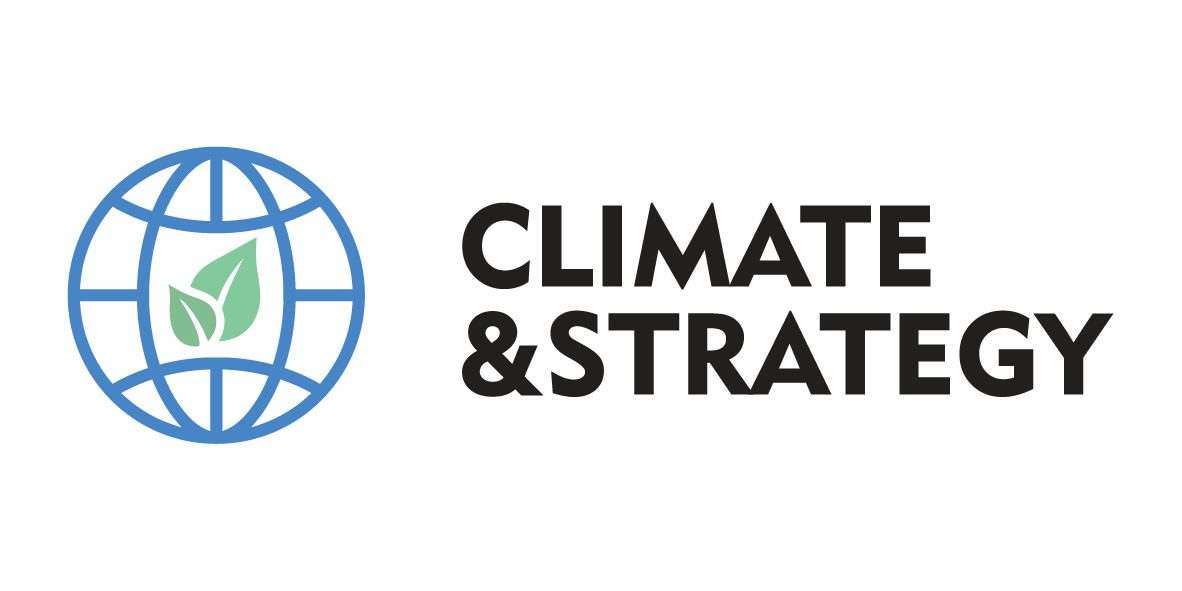Publication date: 31.07.2025
A company in the tire manufacturing industry approached us with a request to calculate its Scope 3 carbon footprint for the year 2024.
To build environmental awareness and ensure a clear understanding of the greenhouse gas emissions calculation process, we began our collaboration by conducting a workshop on carbon footprint for the company’s board members and employees responsible for providing the necessary data. Next, we developed data collection templates for 13 of the 15 Scope 3 categories.
To better understand the client’s business model and data formats, and to identify potential issues early on, we asked the company to submit data in two rounds: first for Q1 through Q3 2024, and later for Q4. This two-step approach allowed us to carry out the calculation efficiently and deliver timely results needed for the client’s sustainability report preparation.
The data analysis revealed that the largest share of Scope 3 emissions (91.5%) came from Category 11 — use of sold products — calculated based on the impact of tire performance on vehicle fuel consumption, in line with industry-specific guidelines. The second most significant contributor was Category 1 — purchased goods and services — primarily related to the extraction, production, and transport of raw materials used in tire manufacturing.
By calculating Scope 3 emissions (the company had previously calculated Scope 1 and 2 internally), the client gained a comprehensive view of its organizational carbon footprint. This enabled the company to prepare a sustainability report aligned with the ESRS E1 standard, which it is required to submit in 2025.
Identifying key emission sources in Scope 3 allows for planning and implementing effective decarbonization actions. In the case of this sector, decarbonization strategies must not compromise tire safety, which remains a top priority.
We calculated Category 1 emissions from purchased raw materials using the average-data method, rather than the commonly used spend-based method, which is often chosen in a company’s first year of Scope 3 reporting due to its simplicity, but it is also the least accurate. Additionally, for selected raw materials, we applied supplier-specific emission factors, which represent the most accurate approach in this category and reflect the increasing availability of such data on the market. Therefore, companies, like our client, should actively collaborate with their suppliers to obtain reliable carbon footprint data for purchased products and materials.
Martyna Kajzerek, Project Manager, Climate&Strategy Foundation

